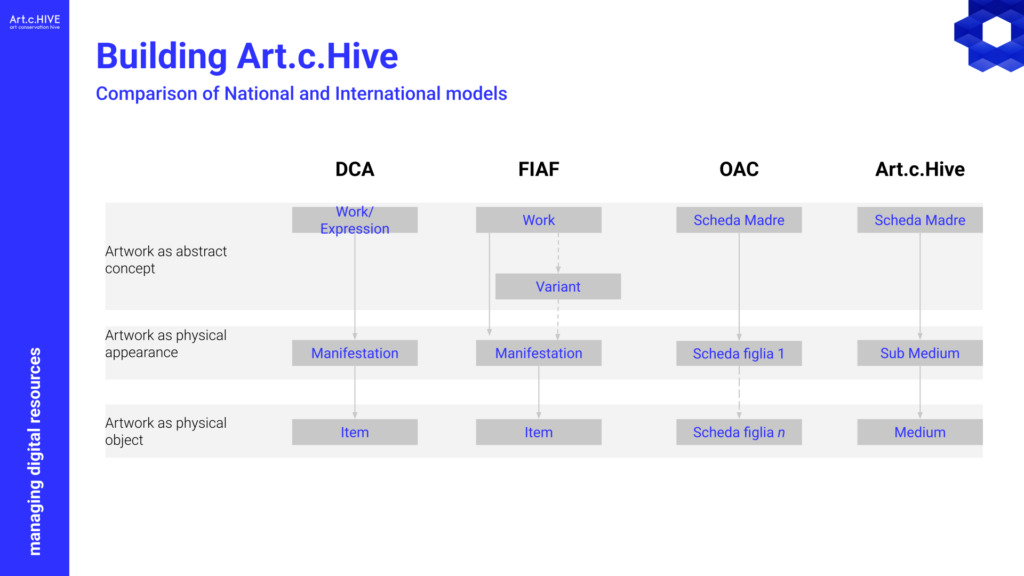Metadata standards and interoperability in media art archives.
Bridging national and international frameworks.
Abstract
This paper examines the challenges and opportunities in developing interoperable metadata standards for media art archives. Through analysis of major international frameworks and case studies, we explore how divergent national and international standards can be reconciled to create more effective documentation systems. Metadata plays a central role in the preservation and accessibility of artistic archives, enabling consistent description and efficient retrieval of information. This paper focuses on metadata strategies derived from the document, emphasizing their application across diverse artistic contexts and media.The research demonstrates that while complete standardization may be impractical, strategic implementation of crosswalking methodologies and semantic web technologies can significantly improve interoperability between systems.
Introduction
The documentation of media art presents unique challenges that traditional metadata frameworks struggle to address. As artistic practices evolve and become increasingly complex, archives face the dual challenge of maintaining national cataloging standards while ensuring international accessibility and interoperability. This tension between local requirements and global standards has created a fragmented landscape of documentation practices.
Current metadata frameworks range from highly structured national standards to more flexible international guidelines. While national standards often provide detailed cataloging rules adapted to specific cultural contexts, international frameworks typically offer broader principles designed for cross-border compatibility. This divergence creates significant challenges for institutions seeking to maintain local relevance while participating in global digital heritage networks.
This research addresses three primary questions:
- How can existing national and international metadata standards be reconciled without compromising their respective strengths?
- What role can semantic web technologies play in bridging metadata frameworks?
- How can institutions implement interoperable systems while maintaining compliance with national standards?
Significance
The increasing digitization of cultural heritage and the growing importance of international collaboration make metadata interoperability crucial. Without effective solutions, valuable documentation risks becoming isolated in institutional silos, limiting research possibilities and preservation efforts.
Literature Review
Evolution of Metadata Standards
The development of metadata standards for media art has followed two distinct but parallel paths. National standards, such as the Italian ICCD OAC framework, emphasize detailed cataloging rules aligned with specific cultural heritage traditions. International standards, exemplified by the FIAF Moving Image Cataloguing Manual, prioritize broad applicability and cross-border compatibility.
Current Frameworks
National Standards
National frameworks typically provide:
- Detailed cataloging rules
- Cultural context-specific fields
- Legal compliance requirements
- Local terminology control
International Standards
International guidelines emphasize:
- Flexible implementation
- Cross-border compatibility
- Technological adaptability
- Broad applicability
Interoperability Initiatives
Recent years have seen increased efforts to bridge national and international standards. The European project Digitising Contemporary Art (DCA) represents a significant attempt to create interoperable metadata guidelines while respecting national requirements.

Comparison of National and International models.
Theoretical Framework
Metadata Interoperability Concepts
Interoperability operates at three distinct levels:
- Structural: How data is organized and related
- Semantic: How meaning is conveyed and preserved
- Technical: How systems exchange and process information
Crosswalking Methodologies
Crosswalking between metadata schemas requires:
- Field mapping analysis
- Semantic equivalence evaluation
- Data transformation rules
- Quality control mechanisms
Semantic Web Implications
The semantic web offers new possibilities for metadata interoperability through:
- Linked data principles
- Controlled vocabularies
- Ontology mapping
- Machine-readable formats
Methodology
This research employs a mixed-method approach combining:
- Comparative analysis of metadata standards
- Case studies of implementation strategies
- Technical framework evaluation
- Expert interviews
Data Collection
Data was gathered through:
- Documentation analysis
- System implementation reviews
- Expert consultations
- Technical specifications study
Analysis and Discussion
Comparative Assessment
Analysis reveals three key challenges in metadata interoperability:
- Structural Differences
- Hierarchical vs. relational models
- Required vs. optional fields
- Complex vs. simple relationships
- Semantic Variations
- Terminology differences
- Context-dependent meanings
- Cultural interpretations
- Technical Limitations
- Legacy system constraints
- Data format incompatibilities
- Processing capabilities
Solutions and Recommendations
Crosswalking Strategies
Effective crosswalking requires:
- Detailed field mapping
- Data transformation rules
- Quality control procedures
- Regular updates and maintenance
Hybrid Approaches
Hybrid solutions can combine:
- Core shared fields
- Local extensions
- Flexible mapping layers
- Multiple access points
Technical Implementation
Successful implementation involves:
- Modular system design
- API development
- Data validation tools
- Documentation protocols
Impact Assessment
Documentation Practices
Improved interoperability affects:
- Cataloging workflows
- Quality control processes
- Update procedures
- Access methods
International Collaboration
Enhanced interoperability enables:
- Cross-border research
- Shared preservation initiatives
- Knowledge exchange
- Resource optimization
Conclusions
This research demonstrates that while complete standardization of metadata frameworks may be neither practical nor desirable, strategic implementation of interoperability solutions can significantly improve documentation practices. Success requires balancing local needs with international standards through flexible technical solutions and clear methodological approaches.
Key findings include:
- The importance of maintaining local specificity while enabling global access
- The value of semantic web technologies in bridging different standards
- The need for ongoing adaptation and evolution of metadata frameworks
Future Directions
Future research should focus on:
- Automated crosswalking tools
- Semantic web integration
- Quality control mechanisms
- User experience evaluation


